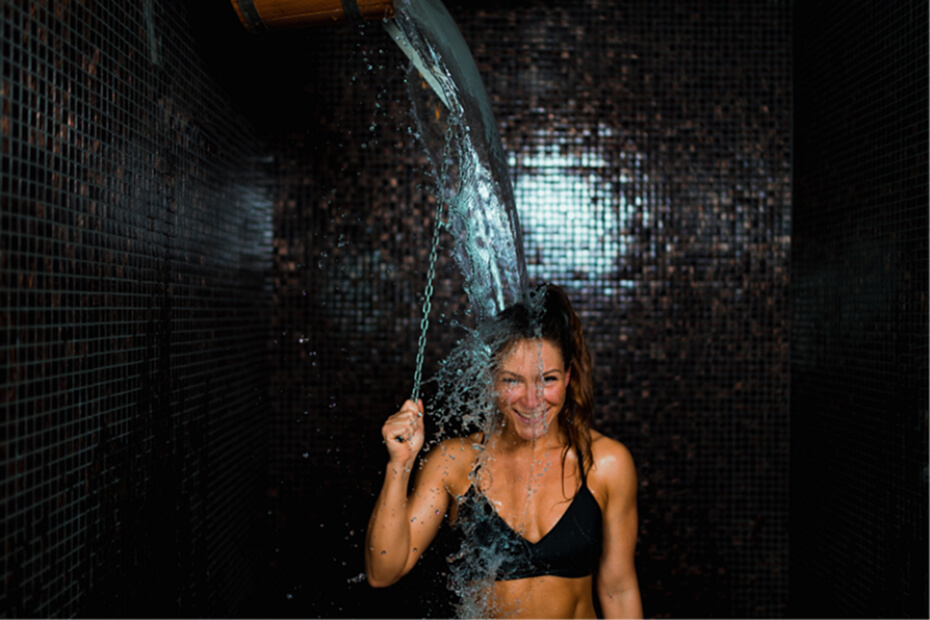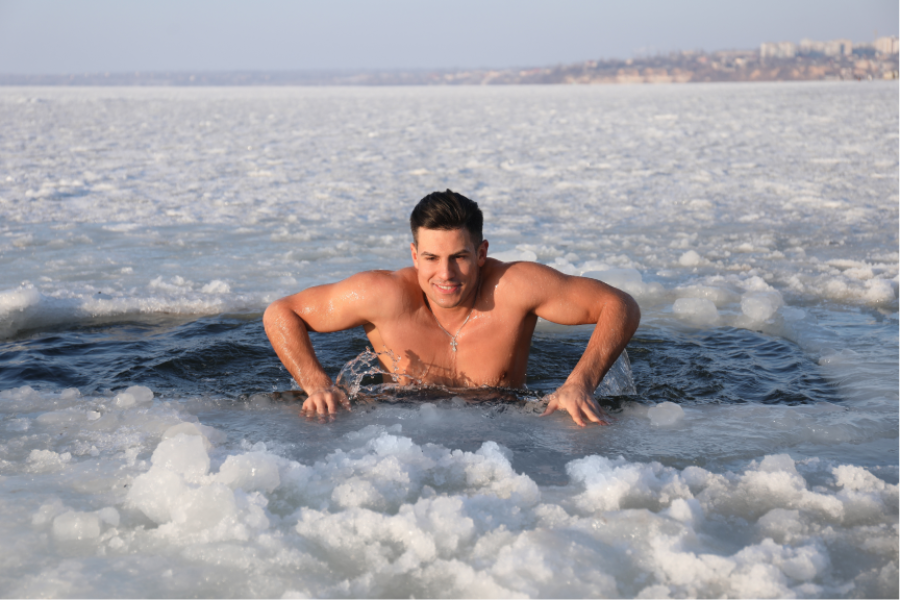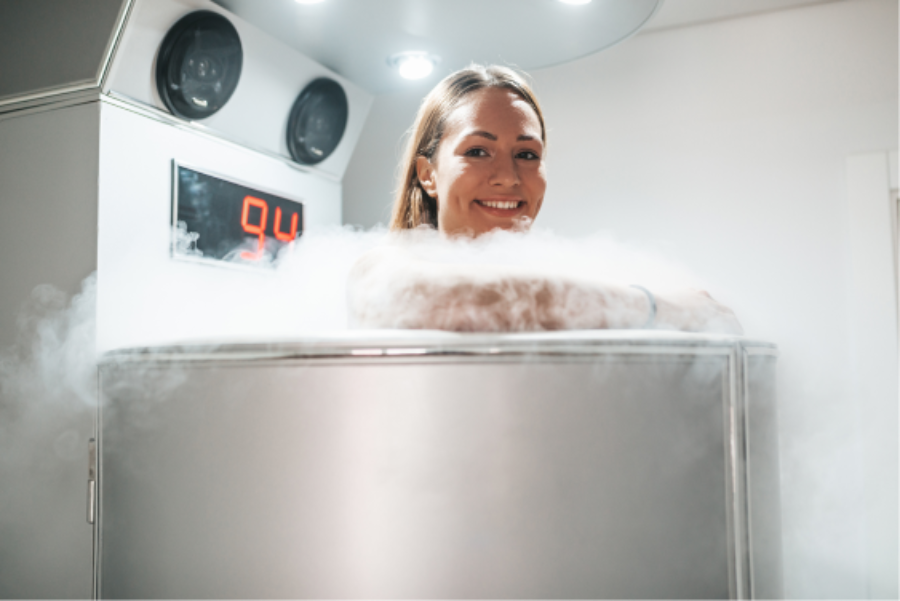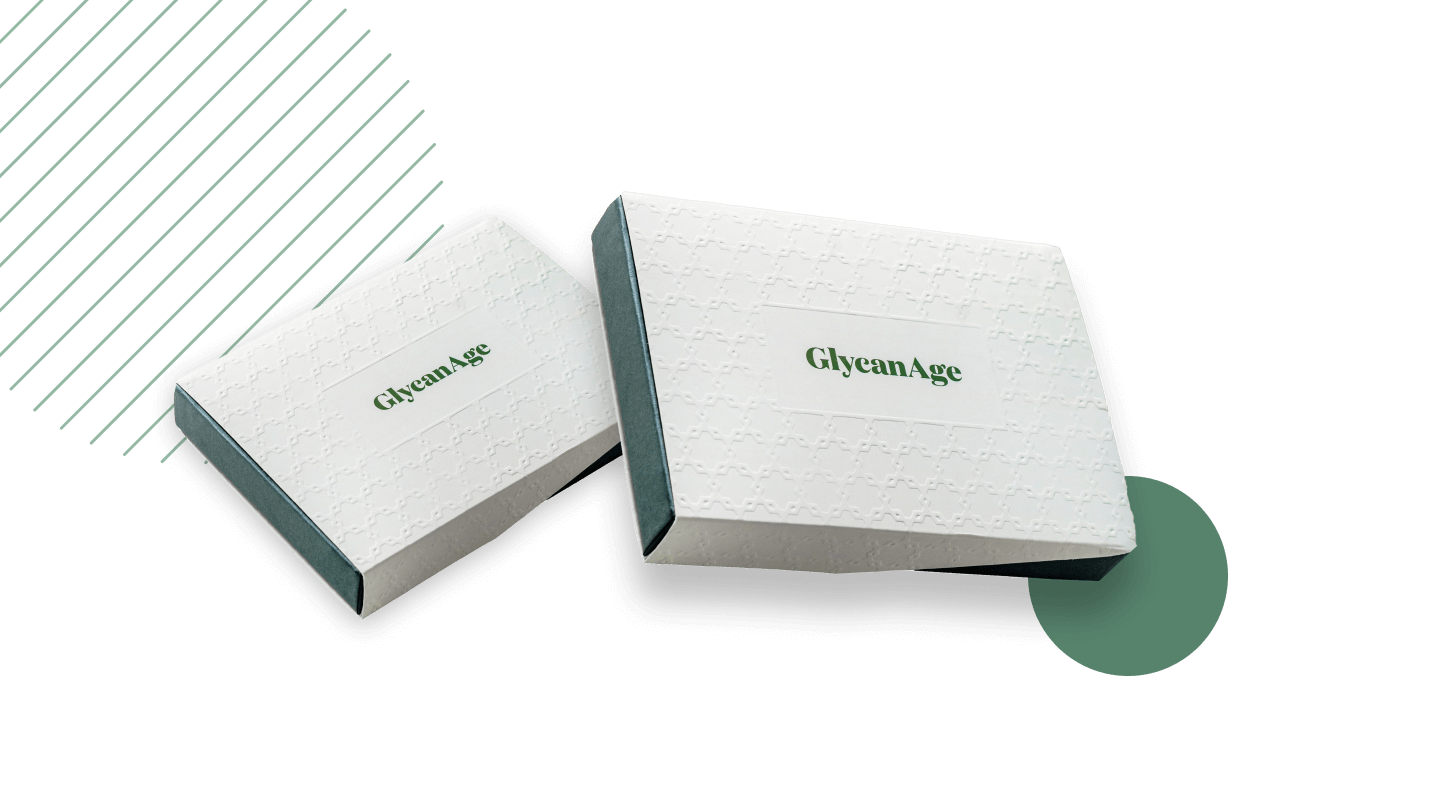Cold Therapy for Longevity?
Do chilly temperatures really bring health benefits and should you engage in them recreationally? Find out in this article.

Have you ever seen someone plunge into ice water or bravely swim in a frozen lake? Could there be genuine health benefits behind these chilling activities, and should you consider trying them yourself? Let's unravel the mystery and explore the potential health perks of these cold water adventures.
What is cold therapy?
Cold exposure therapy involves subjecting the body to extremely low temperatures to harness potential health benefits. People often turn to cold exposure therapy to boost overall well-being or address specific health issues.
There are various types of cold therapies, depending on the following factors:
Cold Source:
The cold source can be water or air.
Temperature:
Cold water therapy considers water temperatures below 15°C, while ice water therapy takes it even further, with temperatures below 5°C. In contrast, cryotherapy involves exposure to very low air temperatures, sometimes reaching as low as -160°C. Even though these temperatures are extreme, because it is liquified gas being used, the perception of cold is actually less extreme than when showering with water at 10°C.
Style:
Cold therapy can be active or passive. Athletes, such as swimmers, often engage in high-intensity activities, while non-athletes may choose a more passive approach, simply immersing their bodies in cold water.
Duration and Frequency:
Despite generally being of short duration, cold therapies can range from mere seconds to several minutes. Some individuals incorporate these therapies into their daily routine, while others go for less frequent sessions.
What forms of cold therapy are there?
Let’s explore the different types of cold therapy, starting from the simplest!
Cold Showers:
Showering in cold water is the most accessible form of cold therapy, as it can be easily done in the comfort of your own home. It requires adjusting the water temperature to typically below 15°C (or as cold as it can get) for a few minutes at a time. Some individuals prefer finishing their hot showers with a burst of cold water, while others, may go through cycles of alternating hot and cold showers.
Cold Water Immersion
Taking cold exposure to the next level, cold water immersion or cold plunge is an intensive practice where the entire body is submerged in cold water. If ice is added to the mix, it's commonly referred to as an ice bath. Unlike cold showers, where only one part of your body is exposed at a time, this method provides a full and intense experience as your entire body is simultaneously exposed to the cold.
Cold water swimming
For decades, cold water swimming has been a popular activity in Northern Europe, evolving into a globally recognized sport. This active form of cold therapy is commonly practised outdoors, often in natural bodies of water or unheated pools. Ice swimming explicitly requires ice to be broken to swim in the water. While some embrace cold water swimming recreationally, others participate in competitions, where they elevate the experience by competing at high intensities in chilly waters.
Cryotherapy
Cryotherapy stands out as a distinct form of cold therapy, utilizing air-cooled to significantly lower temperatures, typically ranging from -110 to -160°C and lasting for a few minutes. While it can serve recreational purposes, it’s more often used in medicinal realms, providing relief from symptoms associated with various diseases such as multiple sclerosis, arthrosis, chronic back pain, fibromyalgia, and even depression.
Cryotherapy can be categorised into two types: partial-body cryotherapy (PBC) and whole-body cryotherapy (WBC). PBC is conducted in cryo saunas that cover the body while leaving the head out at room temperature and they utilize liquid nitrogen as a cold source. On the other hand, WBC involves exposing the entire body to extremely cold temperatures in specialized chambers cooled with cold air.

What happens when our bodies are exposed to cold?
When exposed to cold, our bodies kick into gear to stay warm. Different physiological processes get activated in order to conserve and produce heat.
Controlling blood flow is a crucial way our bodies regulate temperature. When exposed to cold, our blood vessels narrow, a response known as vasoconstriction, reducing the blood flow to the extremities and increasing the blood flow to the core and vital organs. This helps to conserve heat and maintain the body’s temperature. When the body adapts to the cold, vasodilation occurs and the blood vessels widen. This process helps to redistribute blood and deliver freshly oxygenated blood to the tissues, flushing out inflammation and promoting healing.
Additionally, our bodies try to combat the cold through thermogenesis - the process of heat production. When exposed to cold, our initial response is shivering - a continuous contraction of skeletal muscles that generates heat. While physical activity can also generate heat, it's less effective in situations where the body is immersed in cold water, as it could increase heat loss by convection.
Another way our bodies generate heat is through “the good fat”. We have two types of fat tissue - white and brown. White adipose tissue is the “bad fat”, whereas brown adipose tissue (BAT) is made up of specialized fat cells that have high concentrations of mitochondria - little powerhouses of the cell that produce energy. When exposed to cold, these cells generate heat which then gets released and distributed through the bloodstream. Because this process requires a lot of energy, this process may speed up the metabolism and contribute to weight loss.
What are the benefits of cold exposure?
Improved circulation
Cold exposure triggers the body's instinctive fight-or-flight response, propelling it into "survival mode." This prompts the blood vessels to narrow. Upon adapting to the cold, they widen again, facilitating the flow of freshly oxygenated and nutrient-rich blood to all tissues, thereby enhancing circulation.
Helps with muscle soreness and recovery
Athletes often embrace cold exposure therapy post-training to alleviate muscle soreness and expedite recovery. The cold-induced vasoconstriction limits the blood flow to the affected area and reduces swelling and inflammation. The subsequent vasodilation of blood vessels also assists in flushing out metabolic byproducts, aiding in the restoration of muscle function.
Boosts the immune system and reduces inflammation
Cold exposure, particularly when combined with specific breathing techniques, demonstrates effectiveness in reducing inflammation. As the body adapts to the initial cold exposure and the blood vessels widen, nutrient-rich and oxygenated blood gets pumped through the body, effectively flushing out inflammation. Notably, a three-month study revealed that individuals incorporating cold showers into their routine experienced fewer instances of illness compared to coworkers who did not (1). Moreover, practitioners of cold therapy exhibited heightened resilience against bacterial and viral infections, indicating a positive impact on overall immune function.
Helps with depression
While not a wonder drug for treating depression, cold exposure has shown efficacy in alleviating its symptoms. Studies indicate that cold exposure leads to elevated norepinephrine levels, a hormone crucial in mood regulation. Additionally, the shock-like nature of cold exposure, akin to a mild electroshock, offers a unique stimulus for individuals coping with depression. Regular practice of cold exposure has been observed to act as a “reset button”, potentially contributing to an improved overall mood.
Can cold therapy drive longevity?
While cold therapy has shown promise in various health aspects, it's important to note that the positive effects may diminish over time if the practice is discontinued.
Although there is limited data on whether cold exposure directly contributes to longevity, the compelling health benefits and mood enhancements serve as powerful motivators to explore cold therapy.
However, this approach isn’t suited for everybody, especially the more extreme forms of cold therapy. Individuals with cardiovascular or respiratory problems should always seek professional advice before embarking on a cold therapy regimen, as should pregnant women.
And as with anything - the dose makes the poison! Cold therapy acts as a hormetin - meaning that lower doses exhibit benefits, but excess exposure can be counterproductive. It’s important to find a balance and that sweet spot where one obtains the most benefits.
For those who seek to experience the exhilarating effects of cold exposure, starting with cold showers is the best way to go! Start by finishing off your regular shower by turning the water to the coldest for 20-30 seconds and you can gradually increase the duration. After you endure the harshness of the cold, you’ll be able to enjoy the energy boost and other benefits that follow!
References
- Buijze, Geert A., et al. "The effect of cold showering on health and work: a randomized controlled trial." PloS one 11.9 (2016): e0161749.
- Espeland, Didrik, Louis de Weerd, and James B. Mercer. "Health effects of voluntary exposure to cold water–a continuing subject of debate." International journal of circumpolar health 81.1 (2022): 2111789.
- Klemm, Philipp, et al. "Serial whole-body cryotherapy in fibromyalgia is effective and alters cytokine profiles." Advances in Rheumatology 61 (2021): 3.
- Knechtle, Beat, et al. "Cold water swimming—benefits and risks: A narrative review." International journal of environmental research and public health 17.23 (2020): 8984.
- Leppäluoto, J., et al. "Effects of long‐term whole‐body cold exposures on plasma concentrations of ACTH, beta‐endorphin, cortisol, catecholamines and cytokines in healthy females." Scandinavian journal of clinical and laboratory investigation 68.2 (2008): 145-153.
- Rymaszewska, J., et al. "Efficacy of the Whole-Body Cryotherapy as Add-on Therapy to Pharmacological Treatment of Depression. Randomized Controlled Trial Front Psychiatry. 2020; 9 (11): 522." (2020).
- Shevchuk, Nikolai A. "Adapted cold shower as a potential treatment for depression." Medical hypotheses 70.5 (2008): 995-1001.


